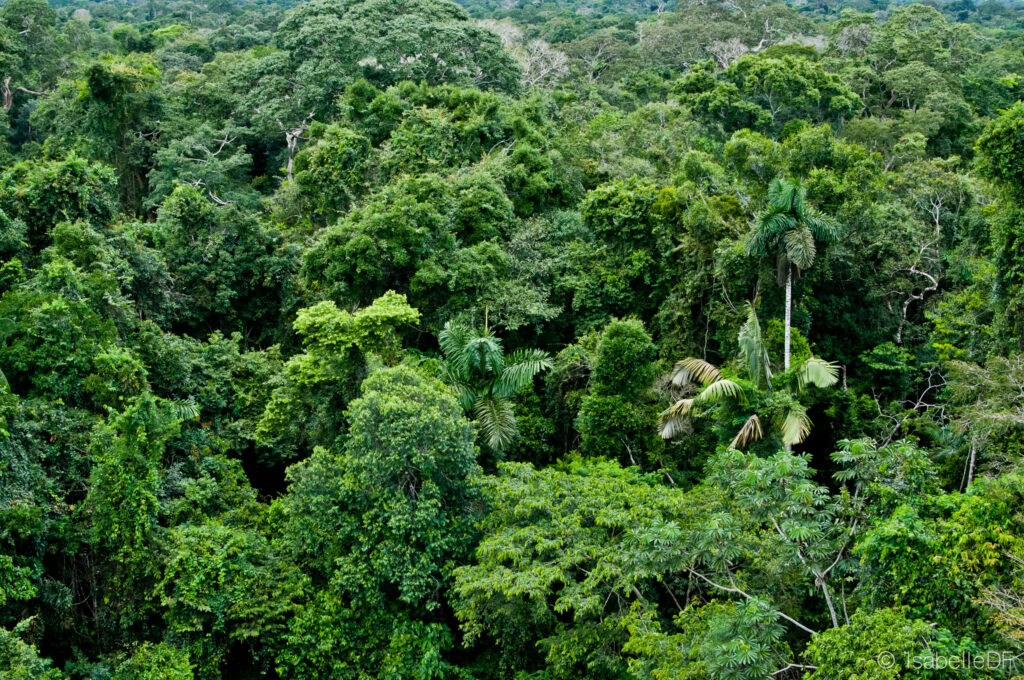
The Amazon rainforest absorbs one-fourth of all the carbon dioxide absorbed by the land of the Earth. It is by far the world’s largest rainforest, bigger than the next two largest – in the Congo Basin and Indonesia – combined. Nearly two-thirds of it is found in Brazil but the more than 2 million square miles of rainforest includes portions in 8 countries.
The amount of carbon dioxide absorbed by the Amazon rainforest is 30% less today than it was in the 1990s as a result of deforestation, to a great extent driven by cattle ranching as well as other agricultural activities.
In early August, the leaders of the eight countries that are home to the Amazon River basin agreed to work together to conserve the rainforest. The agreement, called the Belém Declaration, provides a roadmap to stave off the rampant deforestation.
The agreement provides coordination between the countries of Bolivia, Brazil, Colombia, Ecuador, Guyana, Peru, Suriname, and Venezuela to establish law enforcement to combat illegal mining and logging as well as to pool development funds for conservation and sustainable employment. Despite the unity portrayed at the meeting, many of the governments in South America are in a precarious position because of various economic and political struggles
Apart from its critical climate impact, the Amazon rainforest is a haven for biodiversity and further deforestation would be disastrous for tens of thousands of species and could transform it into a net emitter rather than absorber of greenhouse gases. Some parts of the region have already reached that point.
**********
Web Links
Amazon Countries, Led by Brazil, Sign a Rainforest Pact
Photo, posted October 17, 2016, courtesy of Yeoboya via Flickr.
Earth Wise is a production of WAMC Northeast Public Radio
Leave a Reply